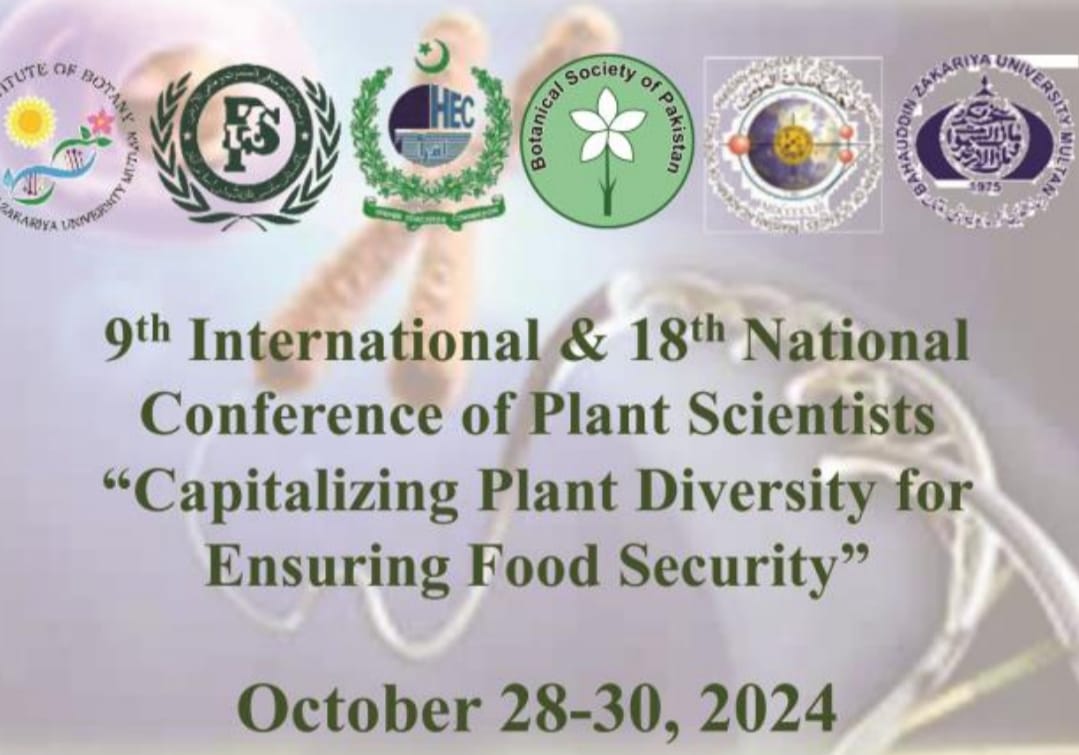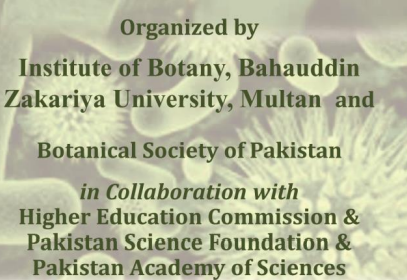
PJB-2025-248
Influence of Edaphic and Climat
Shakil Ahmad Zeb
Abstract
Mycorrhizal fungi are a vital part of forest health, representing a symbiotic relationship between fungi and the roots of over 90% of higher plants. This research aims to explore how mycorrhizal fungi relate to various environmental factors, including climatic variables such as temperature, humidity, light, and precipitation, as well as soil parameters like electrical conductivity, total dissolved solids, organic matter, phosphorus, and nitrogen. The study was carried out in the Murree Forest Division, part of the lower western Himalaya, from April 2023 to November 2024. Fungal specimens were collected using the quantitative quadrat method (10×10 m²). Climatic and soil data were gathered with different instruments, and precipitation data were obtained from NASA's Power/Data Access Viewer (DAV). Multiple linear regression models were used for data analysis. The results identified 29 mycorrhizal fungi belonging to 12 families, with notable diversity. The family Russulaceae, with 8 species, and Helvellaceae, with 5 species, were the most species-rich, followed by Gomphaceae with 3 species; other families had 1–2 species each. Regression analysis showed that atmospheric humidity and phosphorus are the strongest positive predictors of mycorrhizal abundance. The soil model explained 96.78% (R² = 0.9678) of the variation, while the environmental model explained 92.32% (adjusted R²=0.9232). Although parameters like EC, TDS, OM, N, brightness, and temperature showed visual trends, they were not statistically significant. This study concludes that atmospheric humidity and soil phosphorus significantly influence mycorrhizal fungi abundance. Future research should focus on long-term studies and predictive modeling to understand how climatic conditions impact mycorrhizal communities.
To Cite this article:


